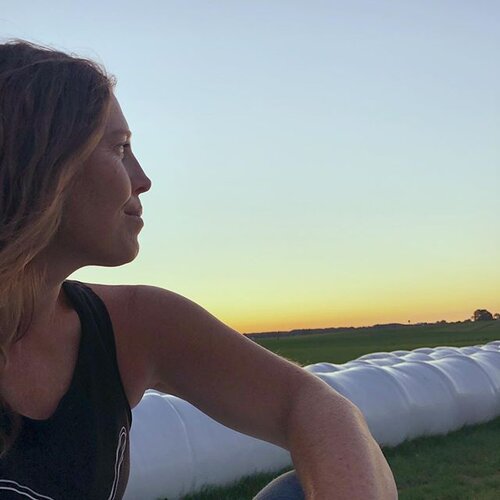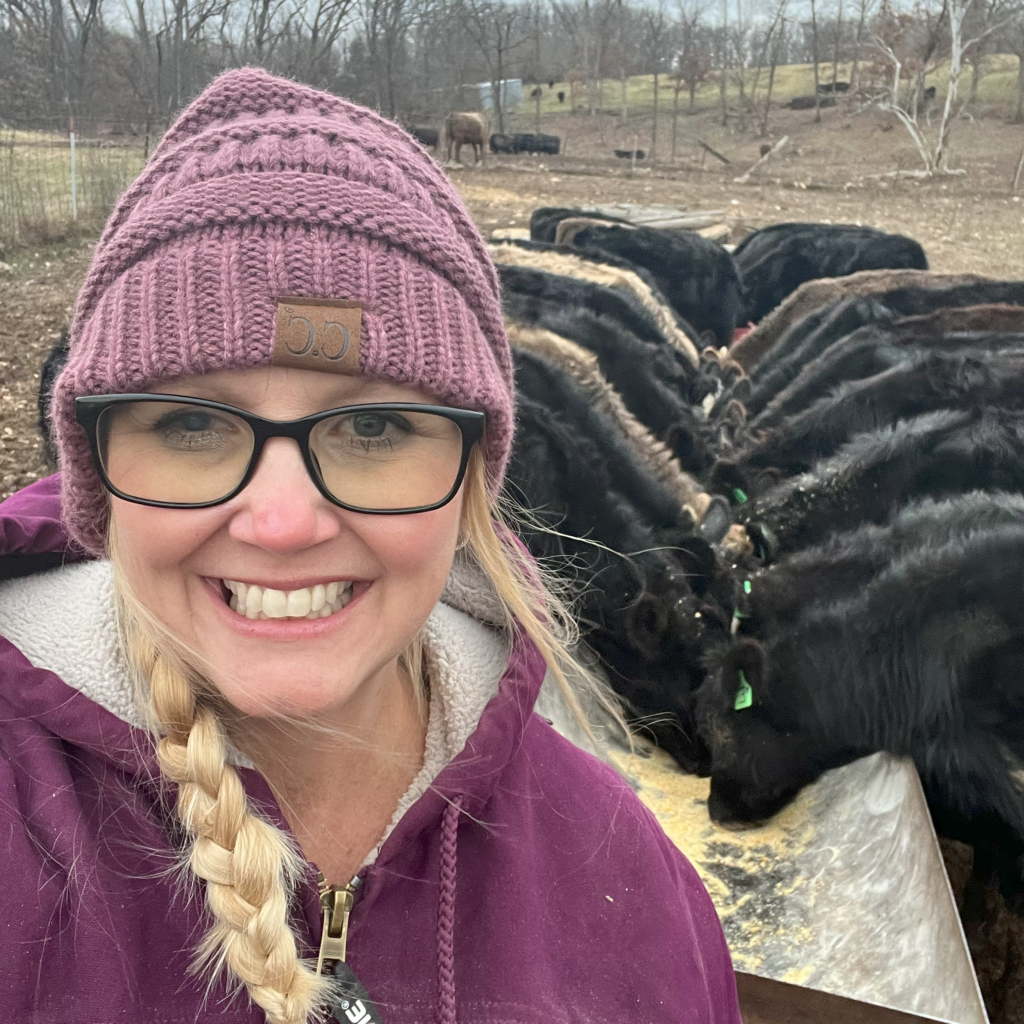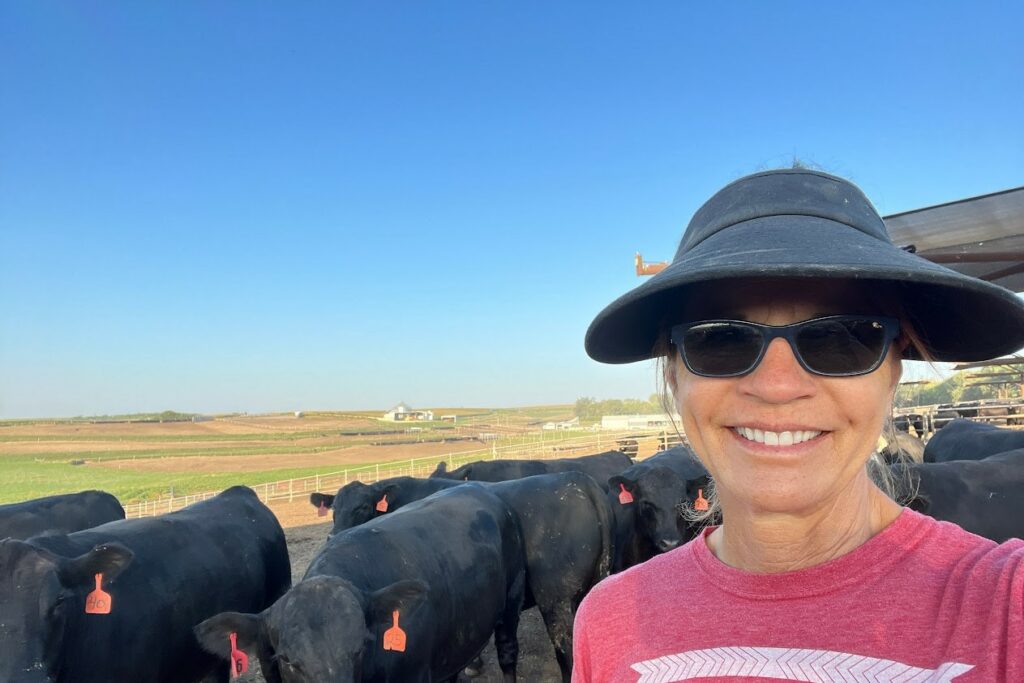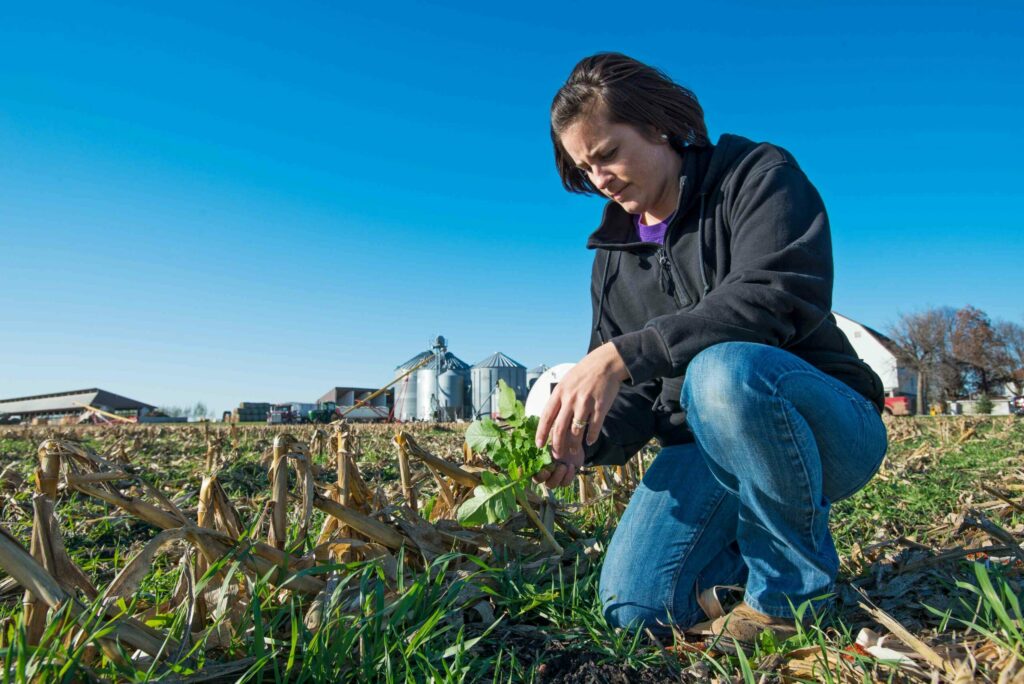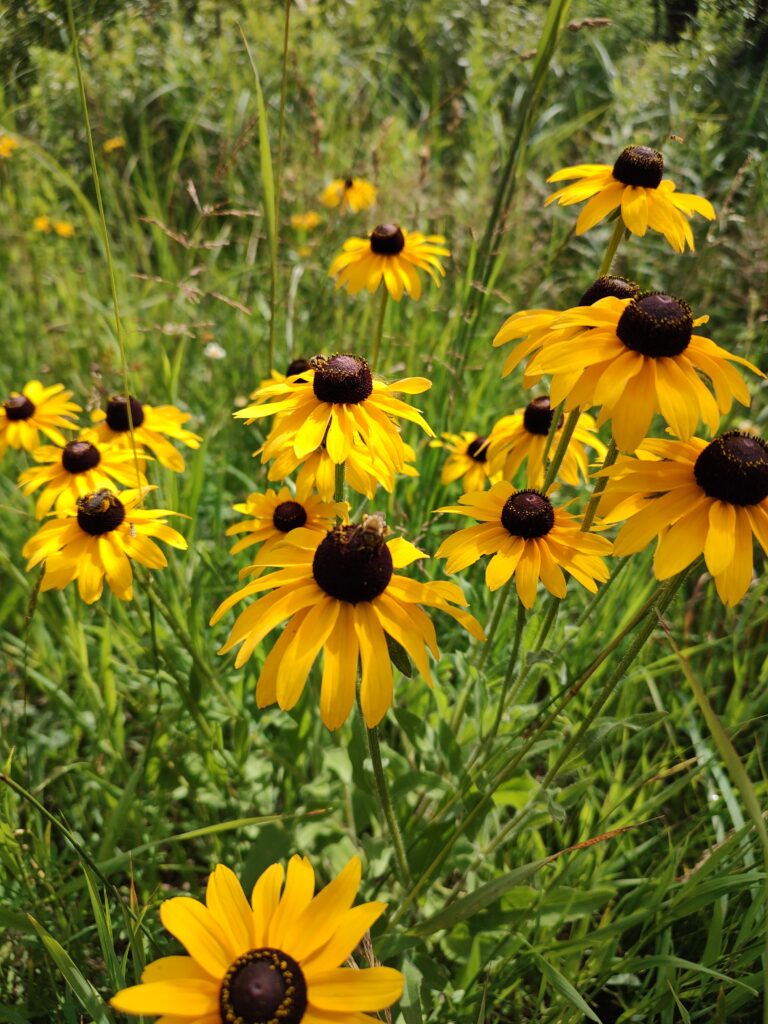
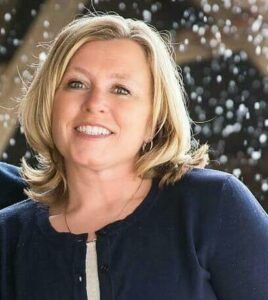
Rachel Gray grew up raising cattle with her dad. Then she made a bold change to their operation when she took over the farm. What does she have to say about the life of raising cattle? She says it requires courage, creative thinking and taking time to recognize the gifts of the job.
I love my job because I love the hustle and business side of raising cattle to sell to farmers. It takes boldness and courage to raise cattle for a living. Thankfully I’m up for that challenge. My name is Rachel Gray, and I raise development heifers at Little Timber Farms in Minnesota.
What do I mean when I say “development heifers?” A “heifer” is a young female cow that has not had a baby yet. Raising quality heifers, also known as “heifer development”, can be tricky because they need different care than other cattle in a herd. They’re being raised to birth calves.
Ranchers want heifers that get pregnant easily, and birth calves that are healthy and strong. In order to get these types of heifers, it’s better to keep them in separate pastures and provide a specific diet for their needs.
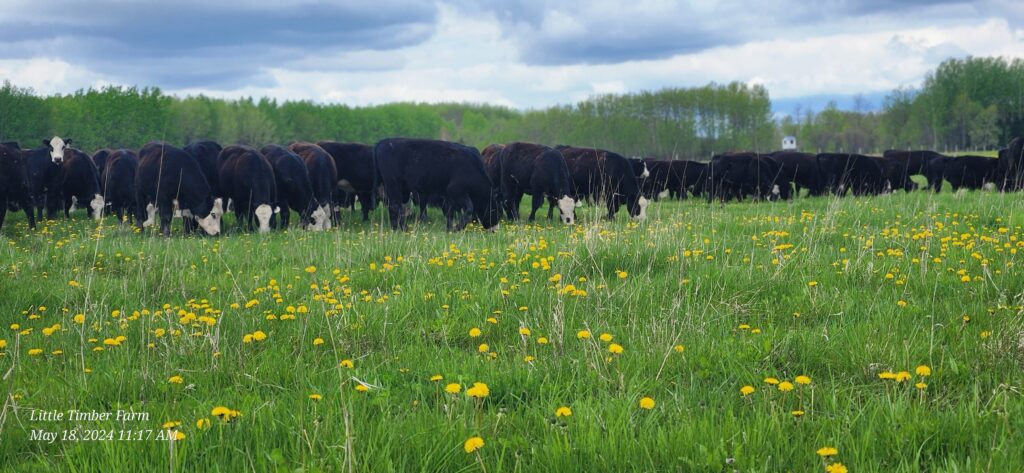
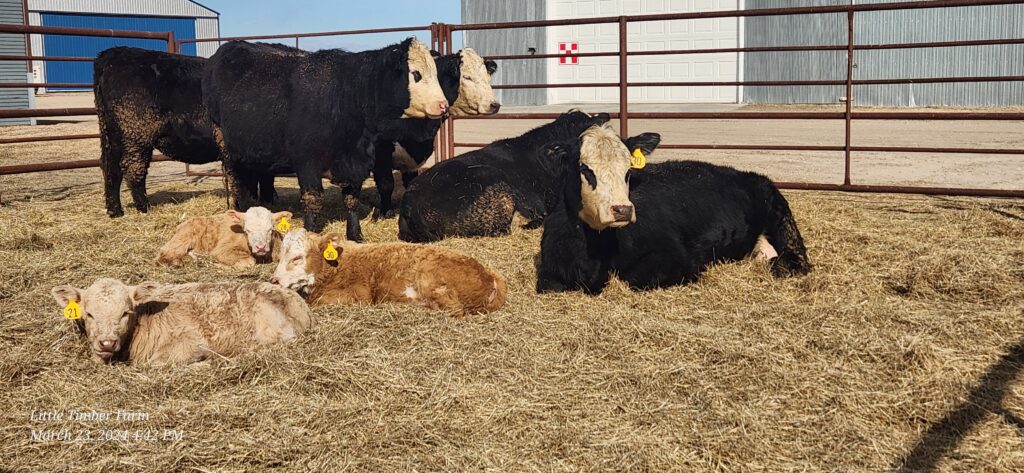
My New Idea for Raising Cattle
Back in the days when I was still growing up, Dad was raising what is known in the cattle world as “cow-calf pairs”, which simply means mama cows and their babies. He started working with a wonderful Natural Resources Conservation Service (NRCS) director who taught him about raising cattle with rotational grazing and helped us to plan the first pastures for those rotations. When I took over the farm years later, these pastures were already in place, and we were realizing the benefits:
- Healthier soil with stronger root structures
- Improved forage for our cattle
- More even distribution of nutrients from manure
- A healthier, stronger herd
Before our farm transitioned from my dad to me, I got the idea that we could buy heifers to raise them as “development heifers”. Heifers need big pastures like ours in order to get good exercise. Strong, athletic heifers make for easier calving and go on to become better breeders. Our pastures also have good forage grasses for cattle, plus healthy soil thanks to our new fences and grazing system.
Heifers that calve, or have babies, when they’re with us over the winter do much better with a hoop barn. This provides them with shelter and good air flow during harsh winter weather. The air flow is key to preventing pneumonia.
We already had these things in place. So I knew we had the right resources to make a transition.
However, it’s a really big deal to switch from raising mama cows and their babies to raising replacement heifers. A change like that requires selling the entire existing cattle herd, then sourcing and purchasing an entirely new one. Grazing rotations, feed, vet care and our own roles and responsibilities all would need to shift. While this opportunity had great potential for success, it obviously also came with some real risks. Dad and I met and talked over it extensively together.
He encouraged me to do it, which is not surprising. He has always encouraged me to be bold and take calculated risks. So that’s exactly what I did. Now we’re more than a decade into it, and I’ve found my true passion.
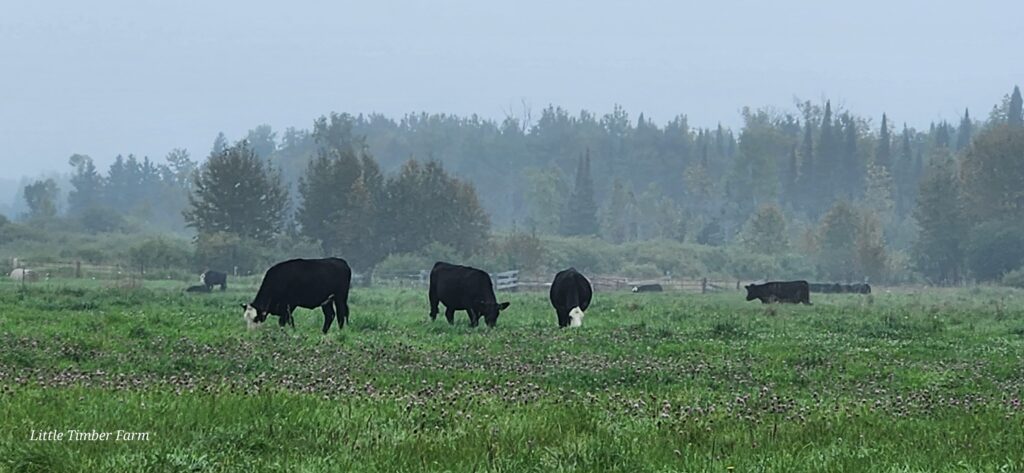
Raising Cattle As Bred Heifers
Our process starts with breeding. We buy heifers from a select few ranches based on specific genetics. We seek heifers that will perform well when our customers make them part of their existing beef cattle herd. I select and purchase heifers that weigh 600-650 pounds each, and we raise them here at our farm for about eighteen months.
In the meantime, I talk with ranchers all over the U.S. about their herds and what we have to offer. It’s one of the best parts of my job. We discuss their business goals, what works well in their operation and what type of heifer from our farm would be a good fit.
One customer I particularly enjoyed working with is a 14-year-old kid. He came with his dad and grandpa to discuss buying his first cattle. His goal is to build a profitable cattle business that will fund his college tuition for an animal science degree. He loves cattle, has a great eye and picked some really good ones.
After developing these heifers on our farm here in Minnesota, I officially sell all of them at the same time between October and November. That’s where another risk comes in. Every penny we make on our farm happens solely when we sell those heifers in the fall. Some years are great. Some years are not. We always carry that risk.
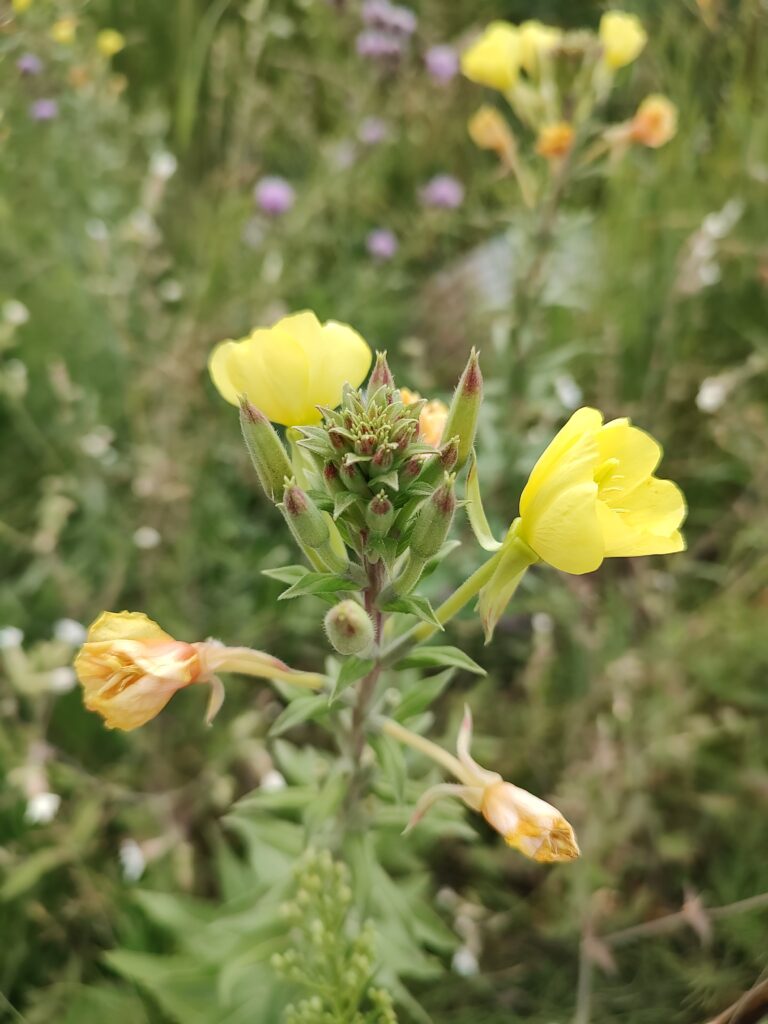

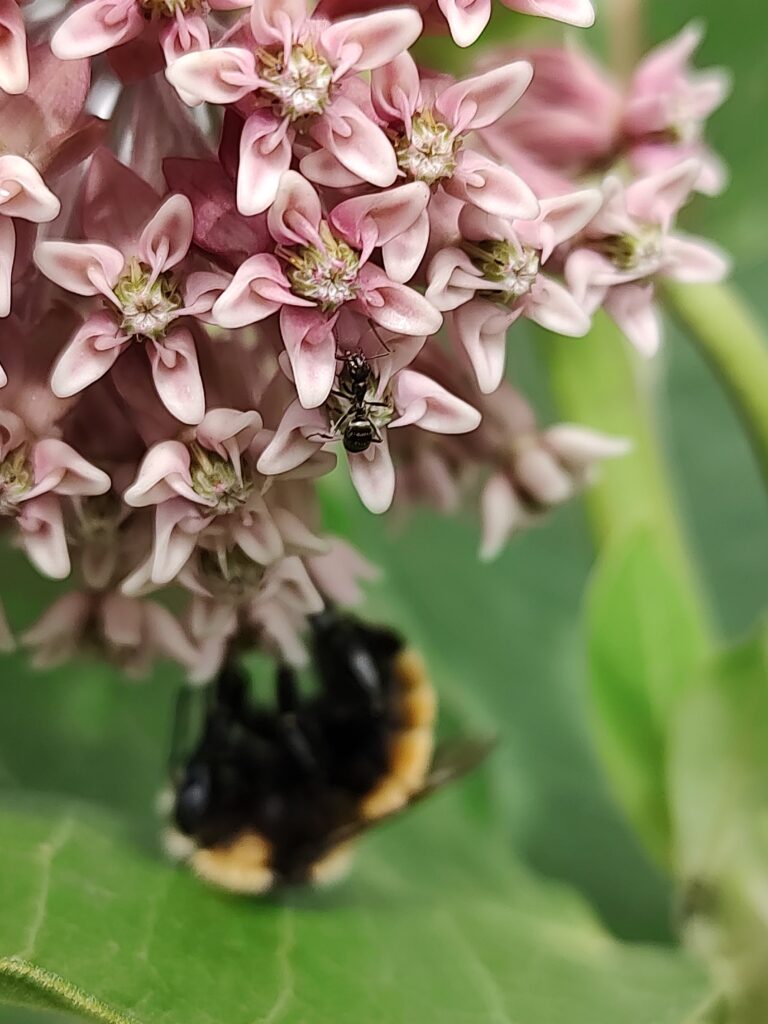
Raising Cattle As a Woman
Working in the cattle industry means that I’m surrounded by men most of the time. When business gets tough (and it does), I handle things a little differently than a man might handle it. So what does that look like?
Days in this business are hard and long, often starting before sunrise and ending long after sunset in the winter. We work weekends. When the sun shines, we’re often out making hay. And it can be isolating because we’re located in a remote area.
When one of my cows or calves dies, that’s a hard day for me. One time a skid steer1 was hit by a truck. We had to buy a new one. It cost us $100,000. That’s a different kind of hard day.
When I need it, I let myself walk away from the guys and take the time I need to process. Sometimes that means I need to go home and cry with my horses.
But I also stop to enjoy the good things that surround me on the farm. Watching a sunset on horseback. Having a glass of whiskey on my porch while I watch the sun go down. Taking in the sunrise with a cup of hot coffee. Walking through the flowers in our pollinator plot. Going to lunch with some girlfriends when it rains. Talking with other farmers or with visitors who come to the farm. These things are gorgeous, and they refresh me.
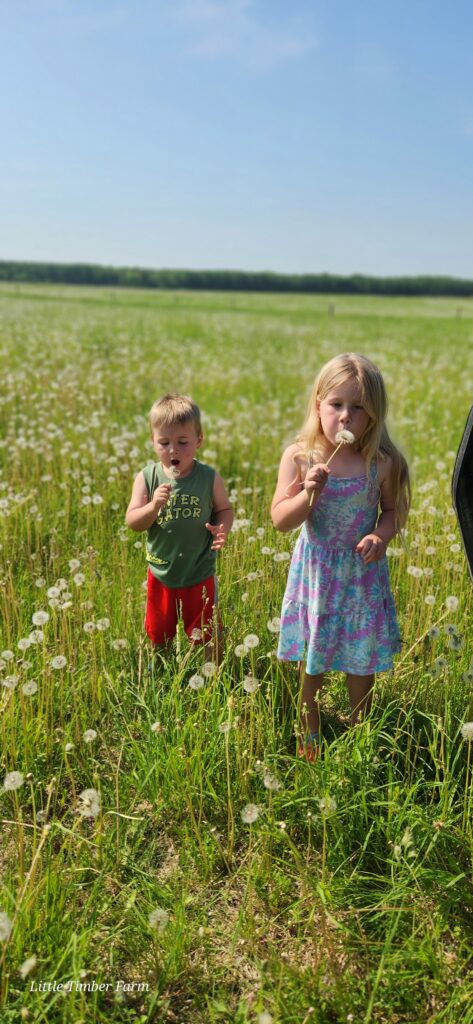
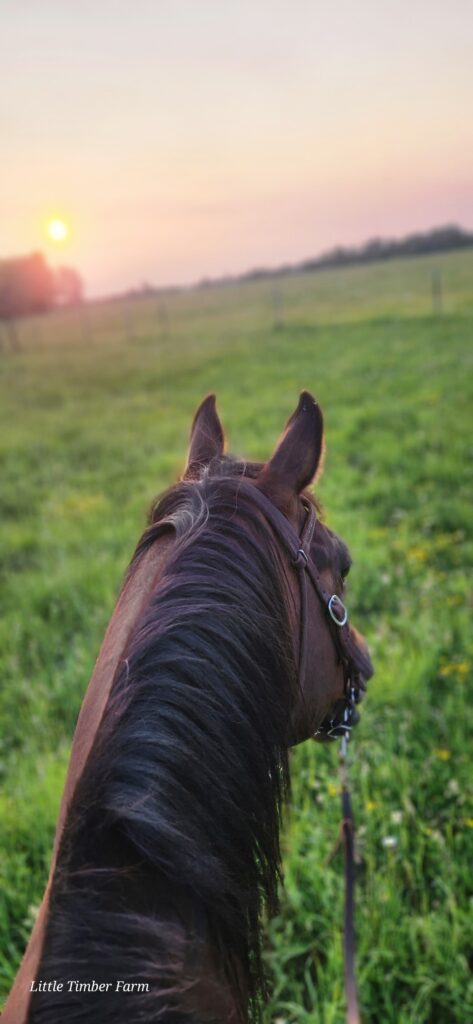

My Farm Life Is a Blessing
We moved our cattle from one pasture to another recently. I looked around and realized what a gift I had in front of me. My dad and my three-year-old grandson were riding together. My son was there with us in a separate vehicle. And I was with my granddaughter.
We had four generations of family right there working together. I get to be a woman who is a part of the daily lives of my dad, my son and grandchildren.
I also recently visited my great aunt, who lives right here on our farm, to have cookies and talk. She is ninety-one years old, and I love to visit with her for some good girl time and for her sound perspective. She is the one who inspired me to plant a field of sunflowers right by her house. Yes, the men might shake their heads at it, but all of us ladies on the farm will have another beautiful thing to delight in and enjoy.
While raising cattle makes for tough days, the risks and difficulty are well worth it because every morning and every night I see that I am deeply and absolutely blessed.
- Skid steer: a small construction vehicle with hydraulic arms on each side that is used for digging and hauling materials ↩︎
